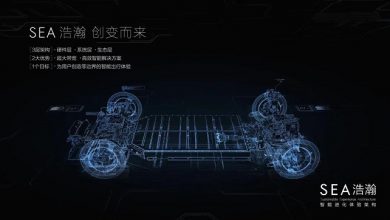90% of industrial enterprises will utilize edge computing by 2022, finds Frost & Sullivan

Frost & Sullivan’s recent analysis, 5G and Edge Computing—Cloud Workloads Shifting to the Edge, Forecast to 2024, finds that edge computing is a foundational technology for industrial enterprises as it offers shorter latencies, robust security, responsive data collection, and lower costs. In this hyper-connected industrial environment, edge computing, with its solution-agnostic attribute, can be used across various applications, such as autonomous assets, remote asset monitoring, data extraction from stranded assets, autonomous robotics, autonomous vehicles, and smart factories. Despite being in a nascent stage, the multi-access edge computing (MEC) market—an edge computing commercial offering from operators in wireless networks—is estimated to grow at an astounding compound annual growth rate of 157.4%, garnering a revenue of $7.23 billion by 2024 from $64.1 million in 2019.
“The recent launch of the 5G technology coupled with MEC brings computing power close to customers and also allows the emergence of new applications and experiences for them,” said Renato Pasquini, Information & Communication Technologies Research Director at Frost & Sullivan. “Going forward, 5G and MEC are an opportunity for telecom operators to launch innovative offerings and also enable an ecosystem to flourish in the business-to-business (B2B) segment of telecom service providers using the platform.”
Pasquini added: “From the perspective of the MEC ecosystem, software—edge application and solutions—promises the highest CAGR followed by services—telecom operators’ services, cloud providers’ infrastructure-as-a-service, and edge data center colocation services.”
Frost & Sullivan predicts that approximately 90% of industrial enterprises will utilize edge computing by 2022, presenting immense growth prospects for MEC market participants, including:
- Telecom operators should work on solutions and services to meet the requirements for connected and autonomous cars.
- System integrators should provide end-to-end solutions, which would be a significant value addition for enterprises because 5G requires specific skillsets.
- The combination of 5G and the new specialized hardware-based mobile edge compute technologies can meet the market’s streaming media needs now and in the future.
- Telecom operators must partner with cloud providers and companies with abilities related to artificial intelligence, machine learning, and computer vision to design solutions for autonomous cars, drone delivery, and others.
- Companies in the MEC space must capitalize on the opportunity for innovation and new developments that utilize 5G and MEC, such as augmented reality (AR) and virtual reality (VR), which can also be applied to games.
5G and Edge Computing—Cloud Workloads Shifting to the Edge, Forecast to 2024 is the latest addition to Frost & Sullivan’s Information & Communication Technologies research and analyses available through the Frost & Sullivan Leadership Council, which helps organizations identify a continuous flow of growth opportunities to succeed in an unpredictable future.





